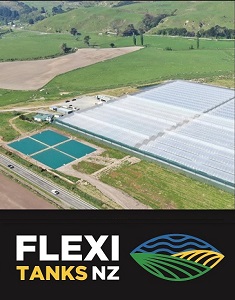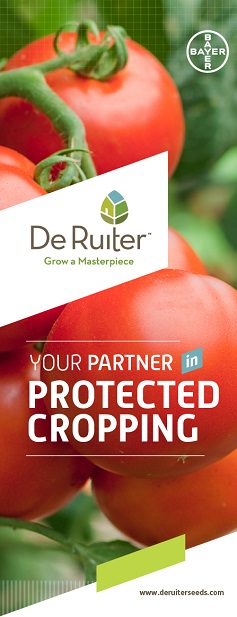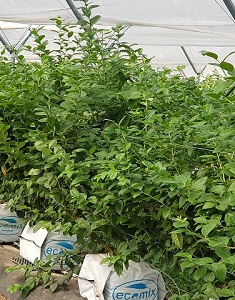Sign up here to subscribe to the Grower2grower Ezine. Every two weeks you will receive new articles, specific to the protected cropping industry, informing you of industry news and events straight to your inbox.
May 2019
Sulphur

Combating Leaf Mould and Powdery Mildew
If you have cultivar, susceptible to leaf mould or powdery mildew, you will most likely already used something to try and control its spread. One thing I know about leaf mould is once you have it no longer is it about eradication but controlling its spread and reproduction to a level that is tolerable. Obviously not having to deal with leaf mould or Powdery Mildew would be ideal, but no one said growing was easy. Once upon a time I grew a tomato cultivar that had extremely good leaf mould resistance, but after 3 years with no leaf mould out of the blue it was back on a cultivar that had exhibited a strong resistance previously.
One conclusion I currently have is that after a lifetime of dealing with leaf mould there is no one single magic bullet (I always like for someone to show me a product that proves me wrong). Over the years I used a range of products that enabled me to keep the mould under control. Obviously environmental controls such as a good heating system is very helpful but still did not totally eradicate the issue. I have always been a fan of removing head leaf, in the winter, if plants become too vegetative and to let sunlight in and through the crop, to have enough LAI (leaf Area Index) it did mean maintaining leaf lower on the plant for a longer perioed. If leaf mould became an issue then I would want the older or bottom leaves off the plant ASAP and this meant exposing 3 trusses for my tomato crop. As I really needed leaf to capture light, I would then start leaving the head leaf in. Again, it is not possibly what was totally best for the plants production but it certainly was a way of slowing the spread of leaf mould. For non-grower’s leaf mould climbs the plant, so the bottom, older leaves always have it worse, the newest leaf is ‘clean’.
For years I had not wanted to use sulphur on my heating pipes as, rightly or wrongly, I was inclined to think it was not good for my greenhouse structure. One year, I was under pressure and decided that I should try it, and from then on it became a must do. This method definitely appeared to help control the rate at which the leaf mould would climb the plant. By spreading the sulphur on the heating pipes, when the pipes became hot then the sulphur would vaporize supressing the leaf mould. It also, to some effect helped control powdery mildew. Although powdery mildew was better controlled with spraying. Powdery actually does not like wet conditions and is at its worst when the weather is dry. The fact that it does not develop well when wet actually means control with non-fungicides is possible. Baking soda, detergents or surfactants that will wet the leaves are all very effective at reducing powdery mildew, but you will need a regular, possibly a weekly, spraying programme. Like any spraying, it may be good to control the fungus which is attacking your plant, but could have negative impacts on growth and production rates.
Another method to consider is using sulphur pots, which are hung in your greenhouse structure, and burn slowly. For growers who don’t have hot pipes for heating this a very good option. Another thing to consider or ask is at what temperature does the sulphur work optimally, so if you don’t have heating how much control will they give your operation.
Leaf mould that had been sprayed but still had not been totally stopped
Above is a photo of my old property, I would dust on one side of the pipe and then two weeks later on the other side and alternate. Why not both sides, no reason in particular, it’s just how I did it.
Please note the above the greenhouse structure is a Glasshouse. I have been informed by a grower that he was under the understanding they "couldn’t burn sulphur in a plastic clad greenhouse because it wrecks the plastic". If anyone has more information on this it would be very useful for plastic claded greenhouses.
I appreciate your comments. Please feel free to comment below or on the grower2grower Facebook page:
https://www.facebook.com/StefanGrower2grower/
Article Written by Stefan Vogrincic, Consultant, Grower2Grower
Article Edited by Marie Vogrincic, Editor, Grower2Grower
Sulfur or sulphur is a chemical element with symbol S and atomic number 16. It is abundant, multivalent, and nonmetallic. Under normal conditions, sulfur atoms form cyclic octatomic molecules with a chemical formula S8. Elemental sulfur is a bright yellow, crystalline solid at room temperature https://en.wikipedia.org/wiki/Sulfur
CLASSIFIED
Subscribe to our E-Zine
More
From This Category
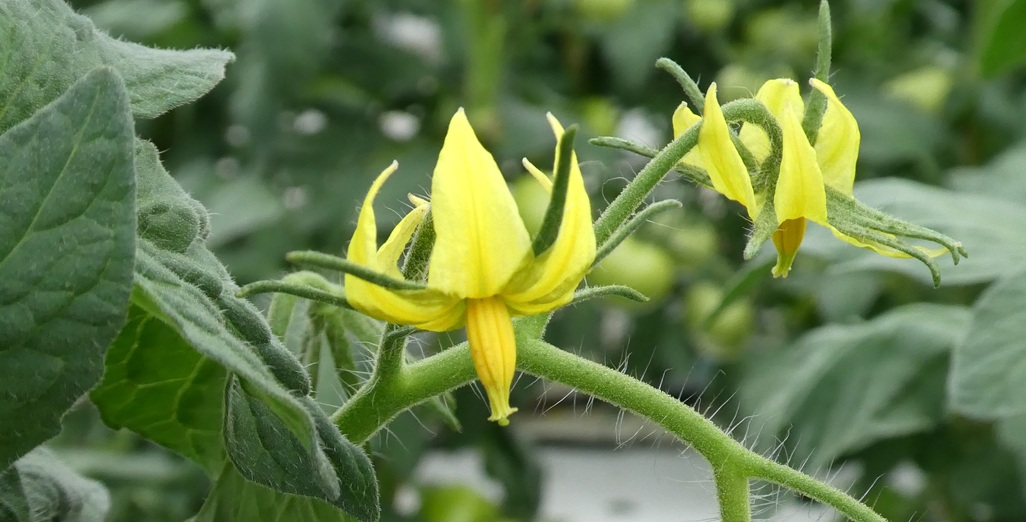
Celebrating 200 Editions of Grower2Grower: A Milestone for Our Growing Community
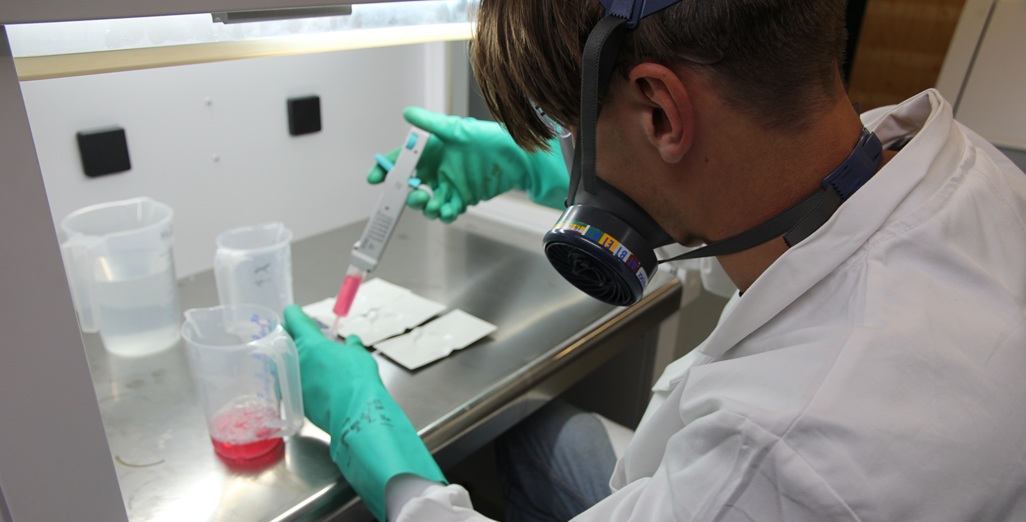
Metazet investigates chemical resistance of cultivation gutters: material choice crucial under stricter cleaning protocols
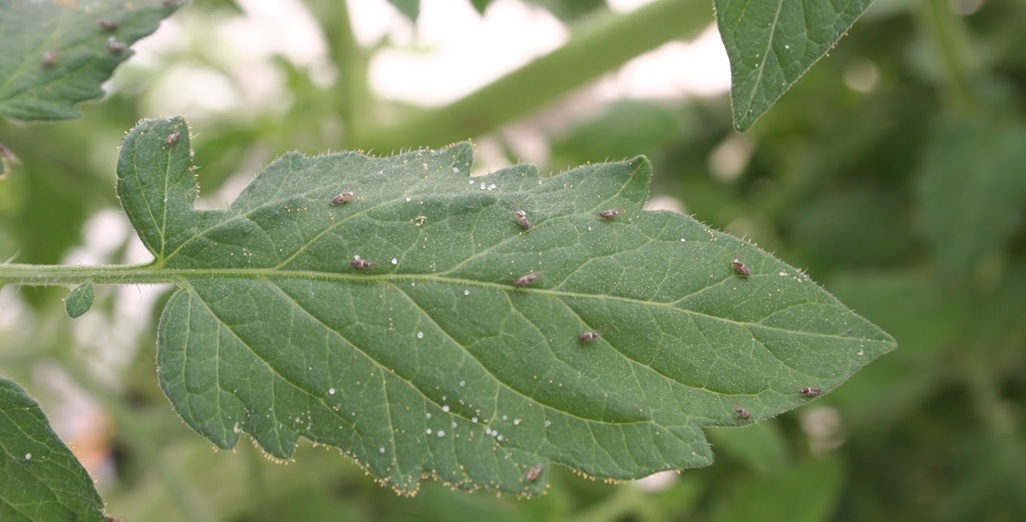
Tomatoes biocontrol focus of new podcast series
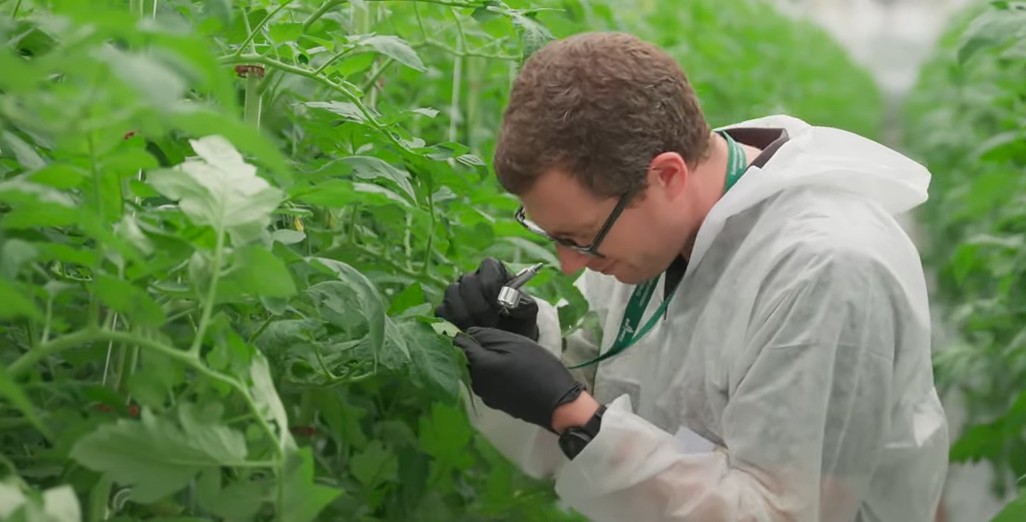
Have your say and go in to win (ALT)

Visit to Ecomix Headquarters in Melbourne









